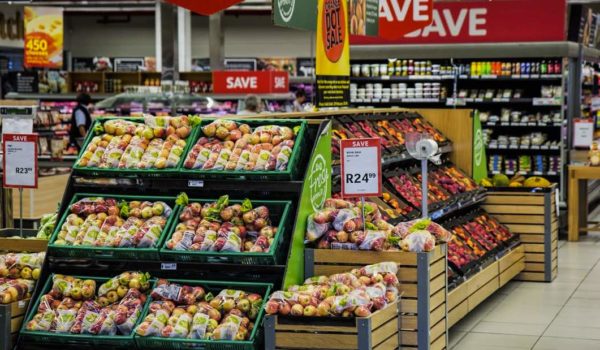Reports of the demise of brick-and-mortar shopping have been greatly exaggerated — at least where independent grocery stores are concerned.
Sure, chains like Whole Foods, Target and Kroger are expanding online grocery shopping and food delivery platforms. And, according to a recent survey conducted by the Food Marketing Institute and Nielsen, almost half of Americans say they currently buy groceries online. Yet consumers are still flocking to local independent markets and purchasing greater quantities of products than they do online.
Most telling is the fact that an estimated 78 percent of Millennials and Gen Xers prefer grocery shopping in brick-and-mortar stores over ordering food online, according to a survey conducted for the National Grocers Association.
Like older shoppers, these mobile, digital natives relish the experience of roaming the aisles and seeing, touching and smelling fresh produce as much as they value the traditional benefits of convenience and affordability the old grocery store provide — even as prices rise. The association’s survey, which included data from Harris and Nielsen, that 81 percent of shoppers would stay with their local store if prices were to climb by 5 percent.
But make no mistake: E-commerce has established itself as a formidable competitor and is expected to take an increasingly large slice of market share and the traditional grocery shopping pie in the near future as Amazon and other online behemoths grow larger and hungrier. They’re putting pressure on the brick-and-mortar independents to adapt to contemporary consumer trends or go the way of A&Ps.
Here’s what independents can learn from the e-commerce competition to retain current customers and attract new shoppers:
- Expand health and organic brand sections and make those products affordable and accessible.
- Invest in technology like digital signage that advertises specials, and devices and apps for faster checkout.
- Use social media like Facebook to target prime markets and extend relationships with customers, and sites like Instagram to engage them in products, recipes and cooking videos.
Maybe it’s the hunter-gatherer gene in all of us that keeps us pushing shopping carts up and down a store’s aisles. Whatever the reason, the independent grocery store appears likely to be around for a good, long while.

